Aconitum carmichaelii ‘Spatlese’ (Wilsonii Group)
Aconites
Aconites grow across Temperate Northern Europe to the Himalayas and have been long cultivated, in fact they were possibly amongst the first wild plants to cross the divide from plants grown for their use to those grown for ornament. Aconite can be found growing wild in Britain, but the plant was probably introduced into Britain somewhat before the 10th century. The Anglo Saxons used the name ‘thung’ a generic name for a poisonous plant.
All members of the Genus are extremely poisonous, possessing a number of harmful alkaloids, chiefly aconitine a lethal nerve poison. Because of this, one of Aconites first uses was to tip arrows used in combat. This may provide the Genus with its name; ‘Akon(tion)’ is the Greek word for dart. On account of their poisonous nature, plants should always be planted where children will not be tempted to come into contact with the plant. There are rare, but nevertheless real, cases of juice entering a wound leading to fatal consequences. However, treated with reasonable caution, aconites can provide beautiful architectural colour from early spring species through to some of the last flowers of Autumn. The most poisonous of all the Aconites is Aconitum ferox.
The Aconites will grow in sun or shade, but all prefer a rich moist soil to grow at their best. Drought is their enemy.
The flowers are specifically designed to facilitate pollination by bees, particularly bumblebees. It is the sepals that form the complex shape; the petals are within the flower. The colour of the flowers is particularly attractive to bees.
Winter Aconites should not be confused with Monkshood. They are also members of the Ranunculaceae but are in a different genus and are not poisonous. They bear the same name as the new leaves of Winter Aconites closely resemble the new leaves of Aconitum napellus.
Alternnative derivations of the name Aconite may be from the Greek ‘akone’ = rocky, from the places the plant grew or from ‘Aconae’ a place Pliny considered it originated.
Their long history has led to a variety of colourful common names such as Monkshood, Wolf’s Bane, Granny’s Nightcap, Auld Wife’s Huid, Captain over the Garden, Blue Rocket, Helmet flower and Friars Cap


















































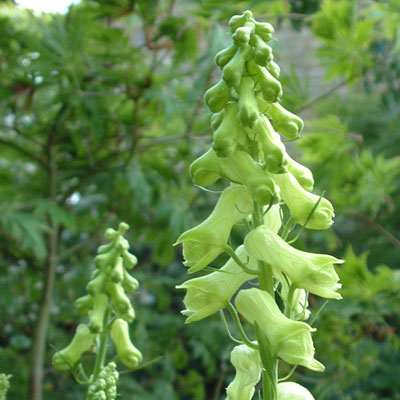



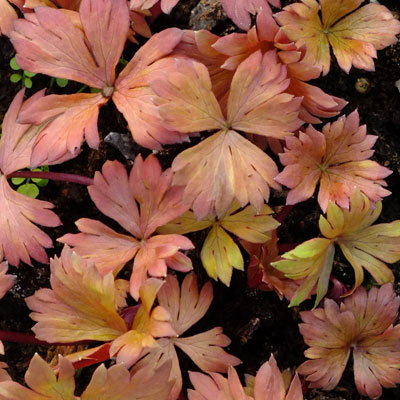
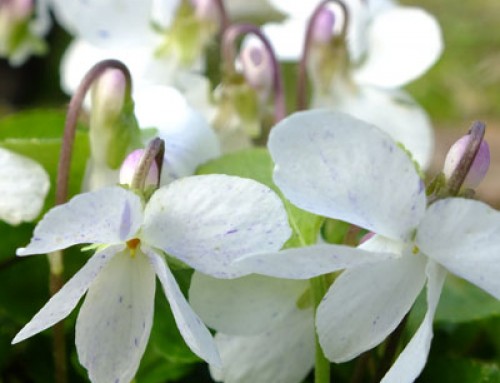

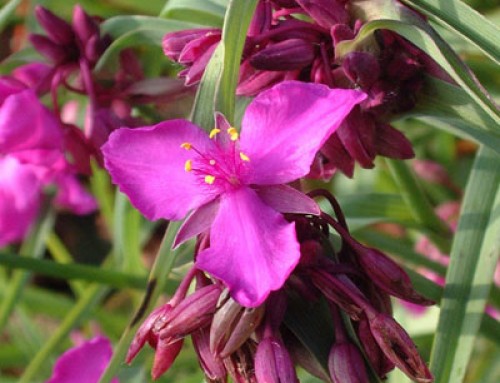
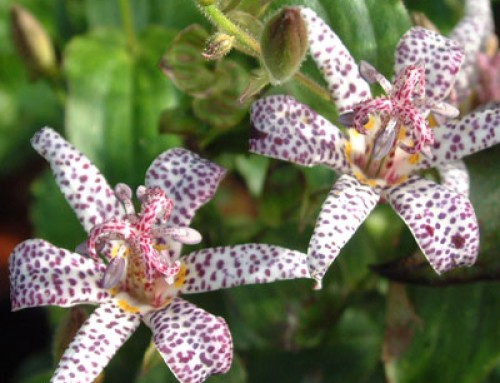
Leave A Comment
You must be logged in to post a comment.